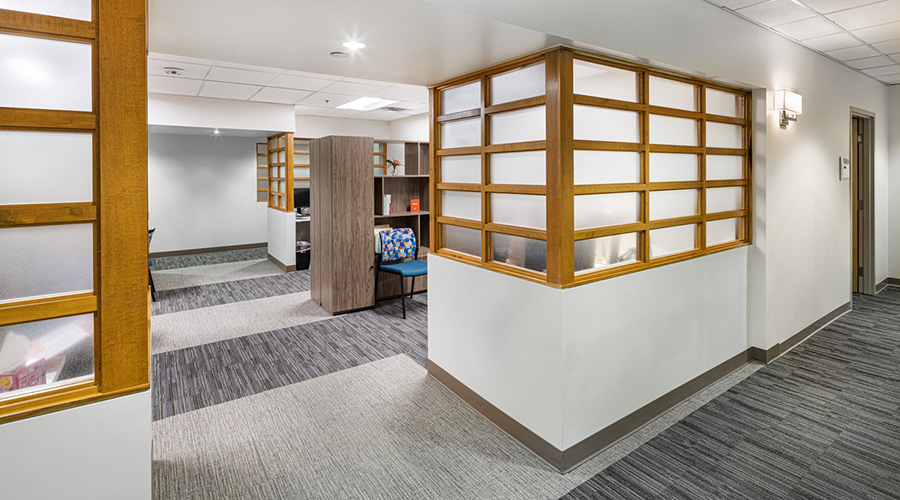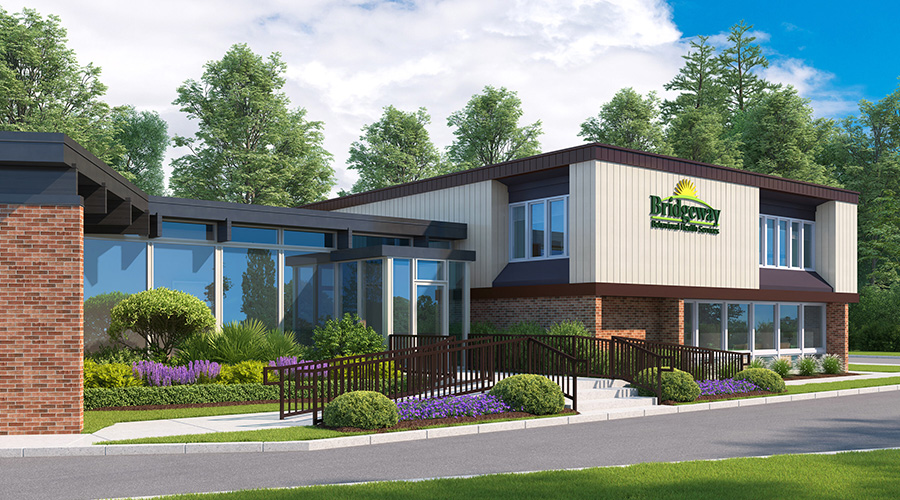Sustainability is no longer just an option in healthcare facilities. Rising expectations from patients, staff and regulators, coupled with financial and climate pressures, are pushing hospitals to embed sustainable practices into every stage of planning and design. Healthcare Facilities Today recently spoke with Christy Lindsey, global head of healthcare advisory at consulting firm SJ, about ways health systems can balance costs, build resilience and learn from global best practices.
HFT: Why is sustainability no longer an optional feature in healthcare facility planning but a baseline expectation?
Christy Lindsey: Healthcare organizations can’t deliver on their mission of community well-being while contributing disproportionately to emissions and energy use. Patients, staff and regulators increasingly expect sustainable, healthy environments.
HFT: How can hospitals balance the upfront costs of sustainable design with the financial pressures they already face?
Lindsey: The key is lifecycle cost analysis. While upfront costs may be higher, sustainable features typically reduce operating expenses, energy spend and maintenance over decades. By embedding these metrics in long-range capital plans, leaders can demonstrate that sustainability isn’t a cost add-on. It’s an investment that pays for itself while mitigating financial and regulatory risks.
Related Content: Where Backup Power Meets Sustainability in Healthcare Facilities
HFT: What role does resilience — against climate risks, power outages and extreme weather — play in healthcare infrastructure planning?
Lindsey: Resilience is no longer optional. Healthcare facilities are lifelines during crises, yet many are vulnerable to floods, fires or grid failures. Globally, we’ve designed facilities in disaster-prone geographies, from cyclone-resilient hospitals in Southeast Asia to seismic-ready structures in New Zealand. These lessons translate directly to U.S. systems needing to safeguard care continuity against climate risk.
HFT: What global best practices in sustainable hospital design could U.S. health systems learn from?
Lindsey: One is flexibility. In Singapore, we’ve delivered digitally integrated hospitals that flex capacity to handle surge demand, reducing overbuilding. Then in Australia, our capital renewal programs align sustainability with operational efficiency, proving sustainability and financial discipline can coexist.
HFT: How should facilities managers frame the value of sustainability initiatives to executives who are focused on short-term returns?
Lindsey: Sustainability should be framed not only as a financial and risk management strategy but also as a driver of wellness and clinical outcomes. Features like natural light, improved air quality and green spaces have been shown to reduce patient recovery times and improve staff satisfaction, directly impacting operational performance. By linking sustainability to both cost savings and better treatment outcomes, leaders can position these initiatives as essential to delivering quality care while protecting the organization’s long-term financial and reputational health.
Jeff Wardon, Jr., is the assistant editor of the facilities market.

 Joint Commission Standards: What Updates Matter Most?
Joint Commission Standards: What Updates Matter Most? Swinerton Completes Construction at Atlanta's Grady Hospital
Swinerton Completes Construction at Atlanta's Grady Hospital NY Governor Hochul Announces $300M in Funds for IT and Cybersecurity
NY Governor Hochul Announces $300M in Funds for IT and Cybersecurity Healthcare Is the New Retail
Healthcare Is the New Retail Bridgeway Behavioral Health Services Launches Campaign to Renovate Health Center
Bridgeway Behavioral Health Services Launches Campaign to Renovate Health Center